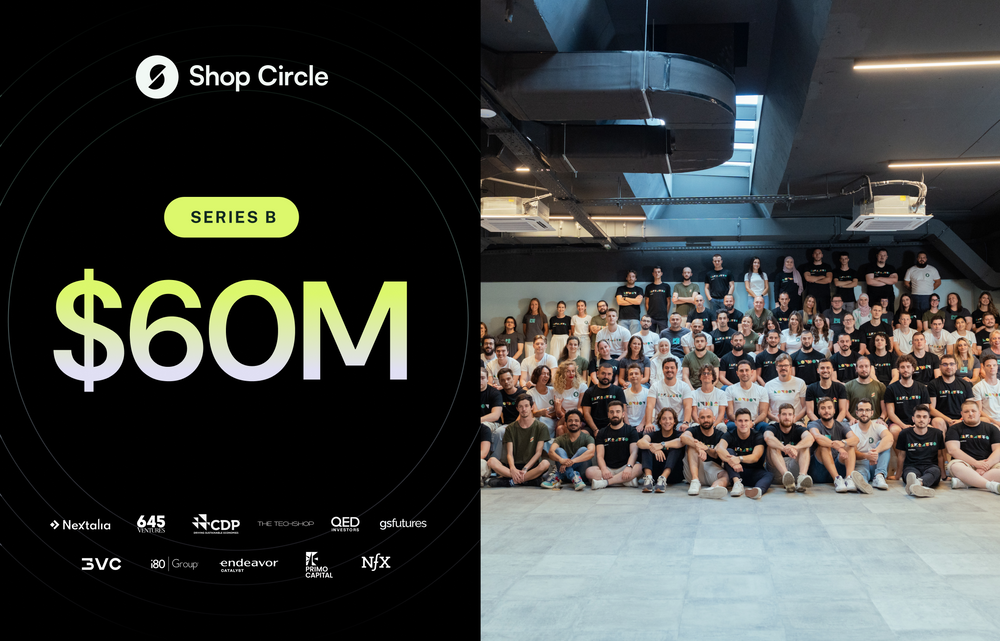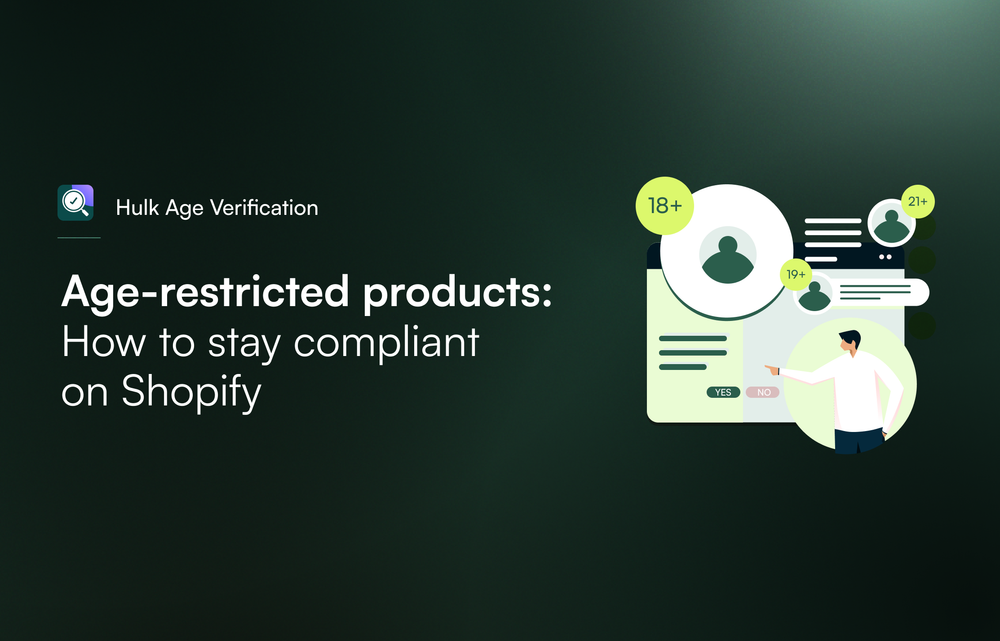Back to all posts
Psychology behind loyalty programs in Shopify
Learn how key psychological triggers, like rewards, social proof, and gamification, make loyalty programs so effective at driving repeat purchases and building customer loyalty.
2 minutes, 56 seconds

Loyalty programs are now essential for any business that wants to keep customers and encourage repeat purchases. But have you ever wondered why these programs work so well? The answer lies in understanding some basic psychological triggers that loyalty programs can leverage to keep customers coming back.
In this blog, we will explore the simple psychology behind these programs, why they work so well, and how you can use them to build stronger customer relationships. We'll break down key psychological triggers that make loyalty programs effective and offer some practical tips to help you succeed.
The power of rewards
One of the most effective psychological triggers is the power of rewards. People love the feeling of being rewarded for their actions. When customers receive points or discounts for making a purchase, they feel appreciated and valued. This positive reinforcement motivates them to return to your store to earn more rewards, creating a cycle of repeat purchases.
The endowment effect
The endowment effect is a psychological phenomenon where people value things more highly simply because they own them. In the context of loyalty programs, when customers earn points or rewards, they begin to see those points as their own, increasing their perceived value. This makes them more likely to continue shopping with you to accumulate more of these valued rewards.
Social proof and belonging
Humans are social creatures, and we often look to others to guide our behavior. Loyalty programs that include tiers or levels create a sense of belonging among customers. When people see that others are part of a loyalty program, they are more likely to join themselves. Additionally, higher tiers create a sense of exclusivity, making customers feel special and more committed to the brand.
Loss aversion
Loss aversion is the idea that people fear losing something they already have more than they enjoy gaining something new. In loyalty programs, this can be seen when customers are close to reaching a reward or moving up a tier. They will often go out of their way to make another purchase to avoid losing out on the reward or to maintain their status, further increasing customer retention.
Gamification
Adding elements of gamification, like earning badges or completing challenges, taps into the human desire for achievement. It turns shopping into a fun and engaging activity, encouraging customers to interact more with your brand and strive for those rewards.
SC Loyalty Rewards: Turning psychology into profits
Loyalty programs can significantly increase repeat purchases by tapping into these psychological triggers. SC Loyalty Rewards is designed to help you use these triggers effectively.
With SC Loyalty Rewards, you can create a custom loyalty program that offers points, rewards, tiers, and referrals. Reward your customers for their loyalty by giving them points for actions like signups, purchases, and social shares. Implement tiered customer levels to offer targeted rewards and even enable purchases with points. You can also boost word-of-mouth marketing through a referral program.
Customization is key, and SC Loyalty Rewards allows you to match your brand’s look with custom widgets and icons. Personalize communication with your customers using email templates, and transform your loyalty program into a powerful tool for customer retention and growth.
Ready to start?
Install SC Loyalty Rewards today and see how easy it is to keep your customers coming back for more.
Read More

Build Customer Trust with Secure Order Tracking
March 11, 2025

Shop Circle Raises $60M Series B to Drive the Future of AI-Powered B2B Software
February 25, 2025

Best Practices for Printing Invoices on Shopify
February 18, 2025

Age-Restricted Products: How to Stay Compliant on Shopify
February 11, 2025
